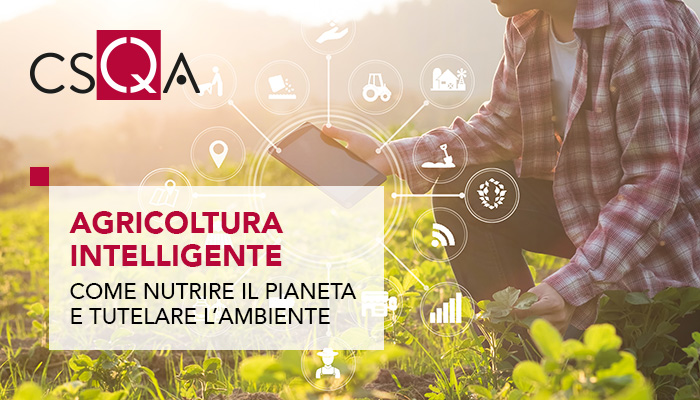
Smart farming is not a new concept. But like a seed, it patiently waited for the right conditions. Technological advances, combined with increasing pressure on land and a growing population mean that the time has come. That's why ISO has brought together some of the world's leading minds in agriculture to make smart farming a reality.
We have already had an introduction to the work of ISO's "Smart Farming SAG" (Strategic Advisory Group).
Early next year, their roadmap will provide an overview of the current state of smart agriculture and the opportunities for standards.
But anyone familiar with the earth will already know that many of smart agriculture's main challenges are related to interoperability, the ability of different systems from different manufacturers, such as tractors, drones and farm management software, to exchange data and work together. The bad news is that this is a very complex topic.
The good news is that, from data file formats to credit card chips to area controller networks, interoperability is made possible through standardization.
There are other challenges, however: agriculture increasingly has goals such as profitability, sustainability and regulatory compliance.
These goals are often at odds with each other and can mean different things to different growers, depending on their geography, the size of their business, and so on.
Smart agriculture can benefit all types and sizes of growers, but smart farming solutions must be affordable, easy to adopt and bring value to every user for there to be adoption by smallholder and family farms, as well as commercial operations, plantations and ranches.
In a series of articles, we will meet farmers from all over the world. We will ask them how they believe smart farming can help improve their livelihoods and increase the long-term sustainability of their farms. But we will also look at the barriers to adoption and the doubts that exist around the technology. Some are worried it's too expensive, others fear it won't scale or provide useful insights. There are also processes that will rapidly transform traditional ways of working and techniques that have, thus far, brought proven success.
In order to evaluate these very different perspectives and understand how they fit into a bigger picture, we will examine their challenges and successes using Porter's "value chain" model, a simple and effective way to understand how companies create value.
Understand the different challenges and opportunities
We'll begin our journey by talking to Rick Murdock, a commercial farmer in the United States who grows 600 acres of corn, wheat and soybeans and 20 acres of catfish ponds. Some of its challenges include optimizing crop inputs (especially fertilizers) to handle tight margins and the lack of accurate yield forecasting methods that can support its sales and marketing. Smart Standards is already tackling some of this and has the potential to do more, but according to Rick it's not simple. There is still a long way to go, but we are making progress.Next, we'll travel to the Middle East where we'll connect with Alireza Atri, an agronomist who works with a number of households and small farmers who produce saffron and other crops. They are dealing with a lack of market access, finance and risk management tools such as crop insurance. These are very different problems than Rick tackles: How can smart agriculture help these farmers make the right decisions for their business?
Our final destination in this series is Germany, the world's third largest exporter of agricultural products. We will meet a husband and wife team who grow animal feed and raise pigs. German farmers may have market access and good input logistics, but some are reluctant to use more technology. One concern is that the information could be used for purposes contrary to farmers' interests and ultimately drive them out of business.
How can ISO standards address problems like these?
"ISO's Smart Farming Group brings together experts from around the globe in pursuit of a common goal: that agriculture is part of the solution to difficult global problems such as hunger, poverty and environmental degradation.
We do this by identifying opportunities for standards, the 'hidden recipes for a better reality' that help farm equipment, software and people work better together, using data to drive truly 'smart' farming. ( Dr . R. Andres Ferreyra, Data Asset Manager, Syngenta Group)
(Source: https://www.iso.org /)